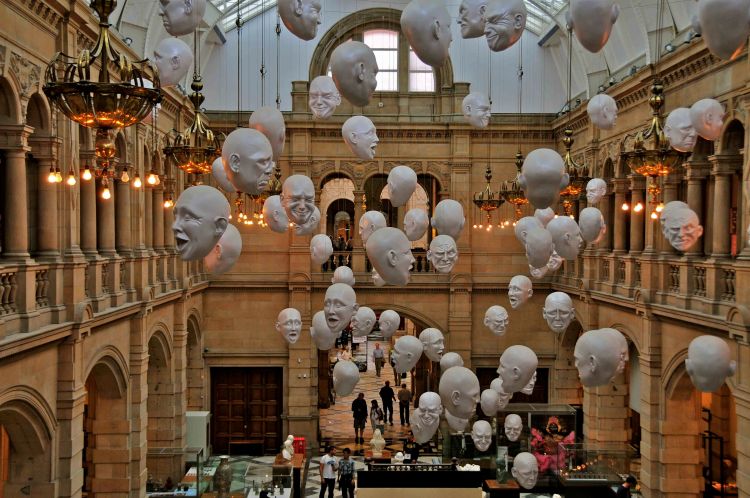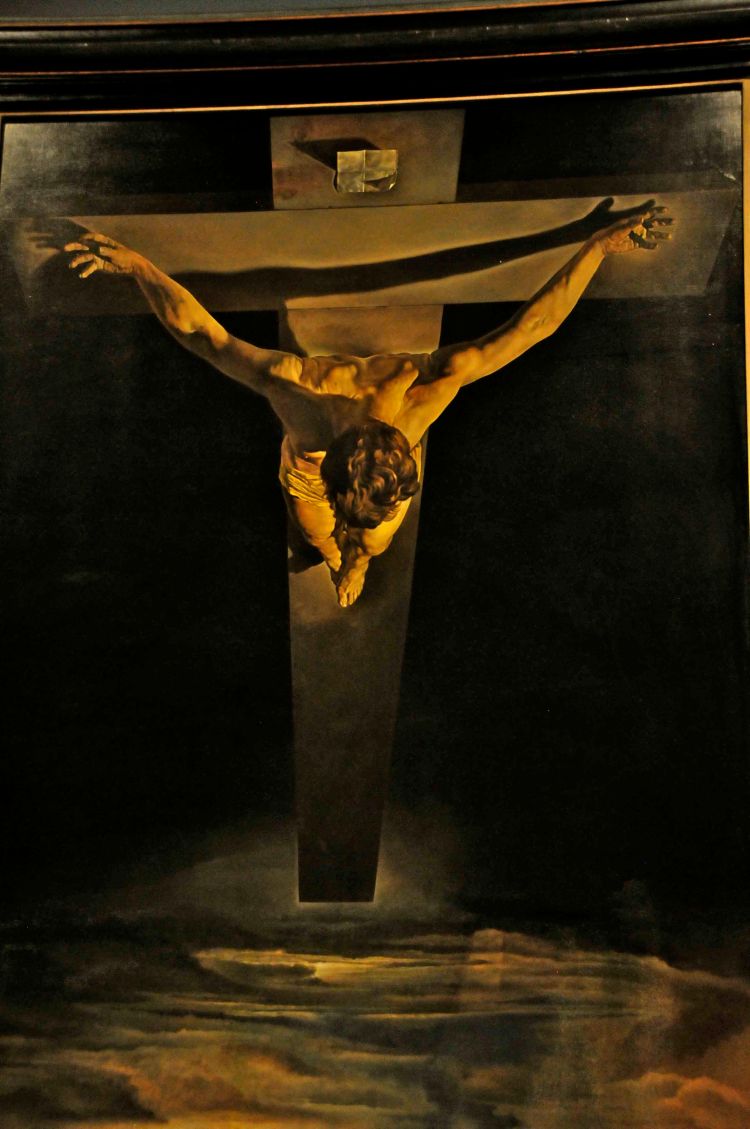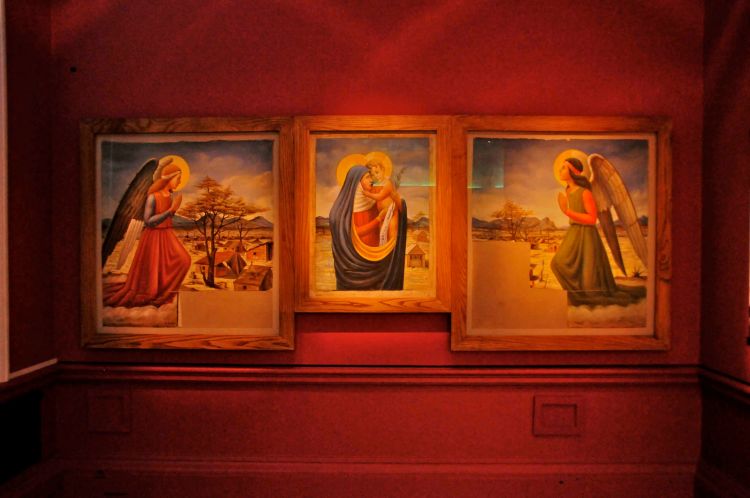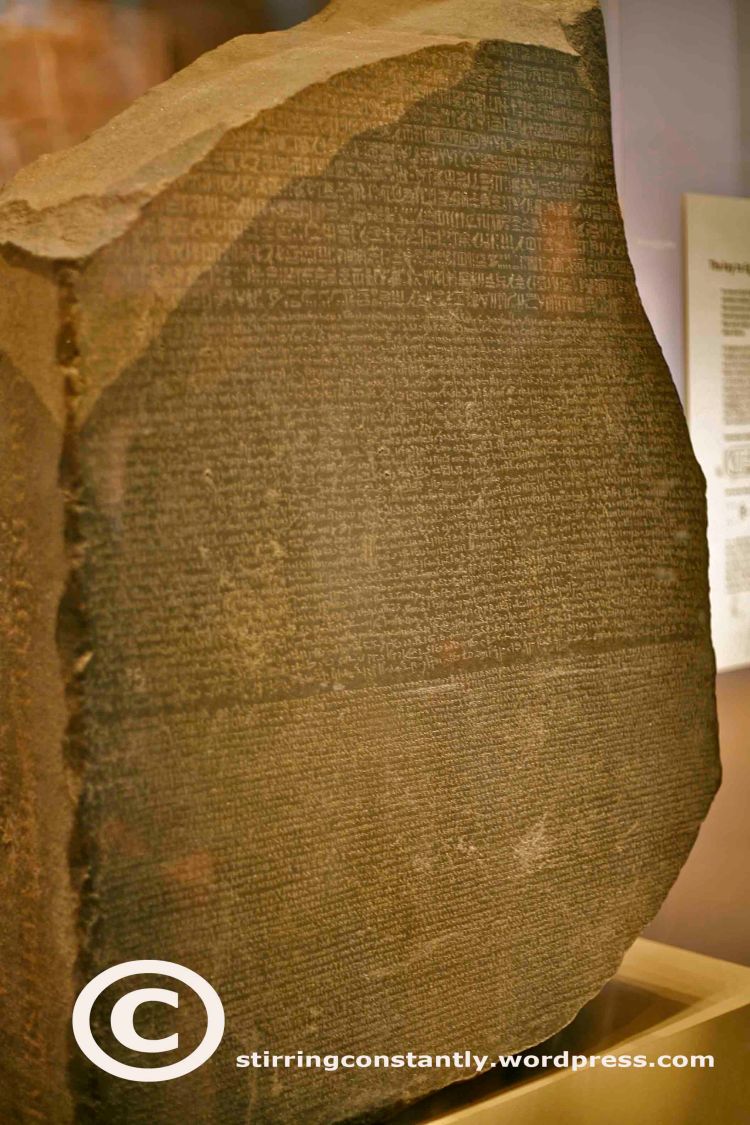just sharing some pics which were taken at the Kelvingrove Art Gallery and Museum in Glasgow, Scotland. Entrance to the museum is free (which I love the most) and it’s one of the most visited places in Glasgow, a premier museum which houses the most number of Impressionist paintings in the UK, third outside of France (next to the famed Hermitage in St Petersburg) and the biggest collection of arms and armour in the country.
But since I am a Salvador Dali fan, I am posting a rather controversial painting of the master and one of the top 3 reasons why Kelvingrove is famous in the country. Controversial because at that time, a group of artists in the city of Glasgow totally opposed to the idea of purchasing an expensive painting where the region was beset with financial difficulties. Besides, they were not really impressed with this this Gaudi’s painting. But to date. the Gaudi’s Christ of St John of the Cross is the prime reason why so many visitors are coming to visit the Kelvingrove Art Gallery and Museum.
This is the Christ of Saint John of the Cross. A confusing title, the first time I’ve heard of it, but simply an inspired idea of an old sketch/drawing by St John of the Cross, a 16th century priest, who along with Sta Teresa of Avila, founded the Carmelites…Salvador Dali was inspired to have his own version of the crucifixion, following a series of dreams that propelled him to paint this masterpiece 
Another crowd-drawing painting is a rather modern one (with a hint of a Renaissance into it), a painting by an imprisoned soldier in area called Lafaruk in Somalia. The painting was made out of mud and whatever materials he could gather and created this jaw dropping masterpiece. It is now called as the Lady of Lafaruk. On either side are angels and one should notice the prison camp incorporated in the painting.



